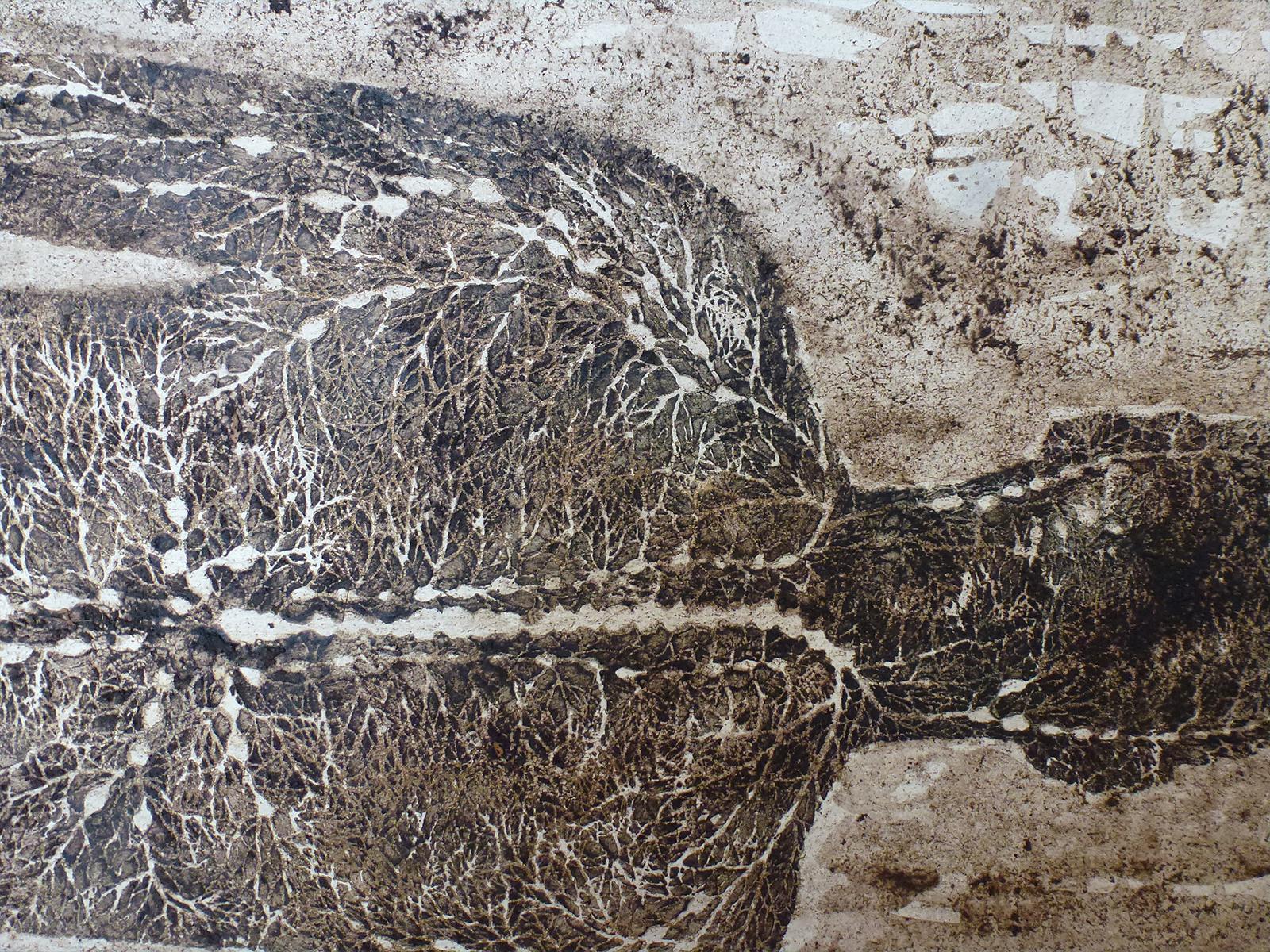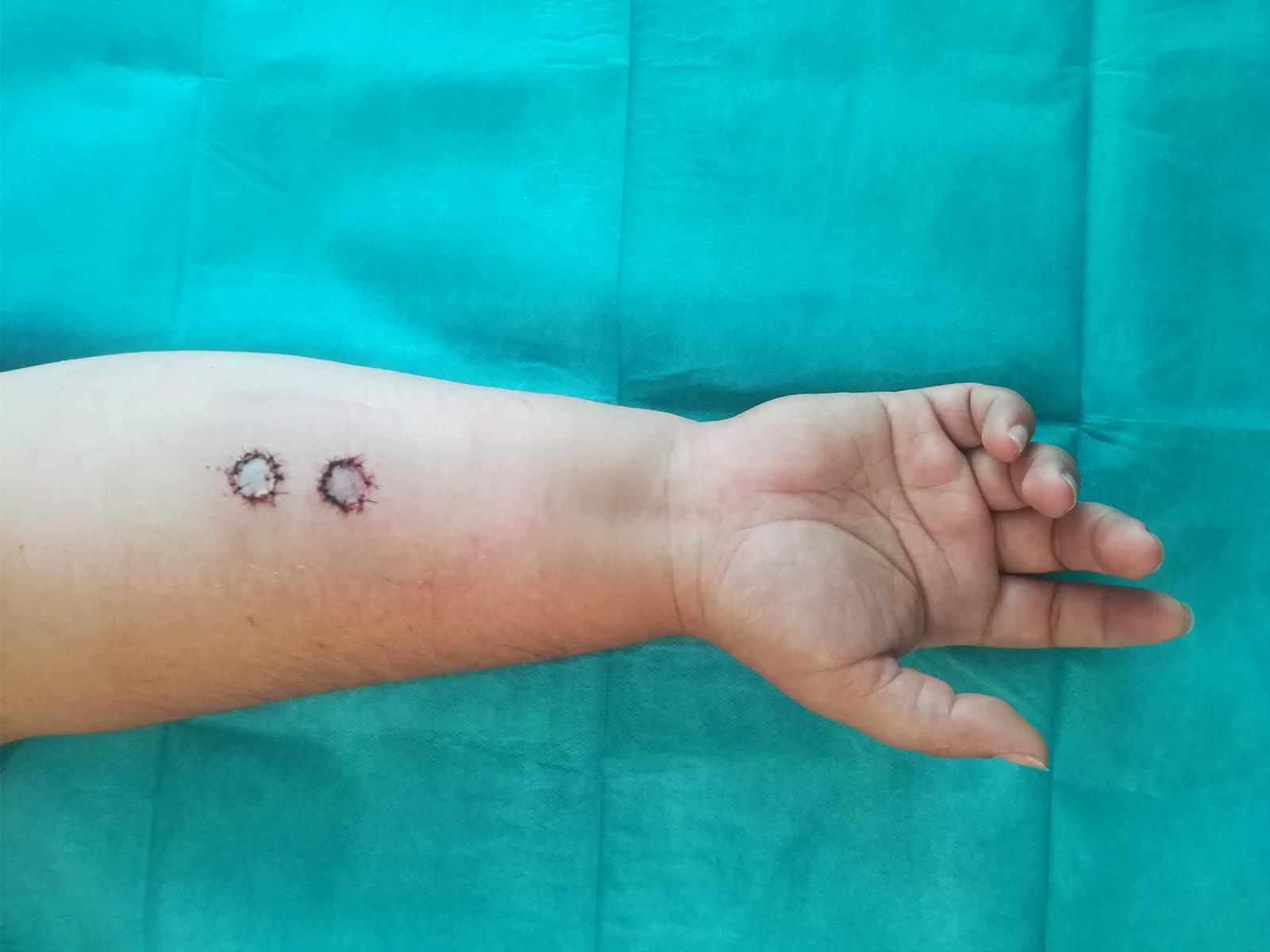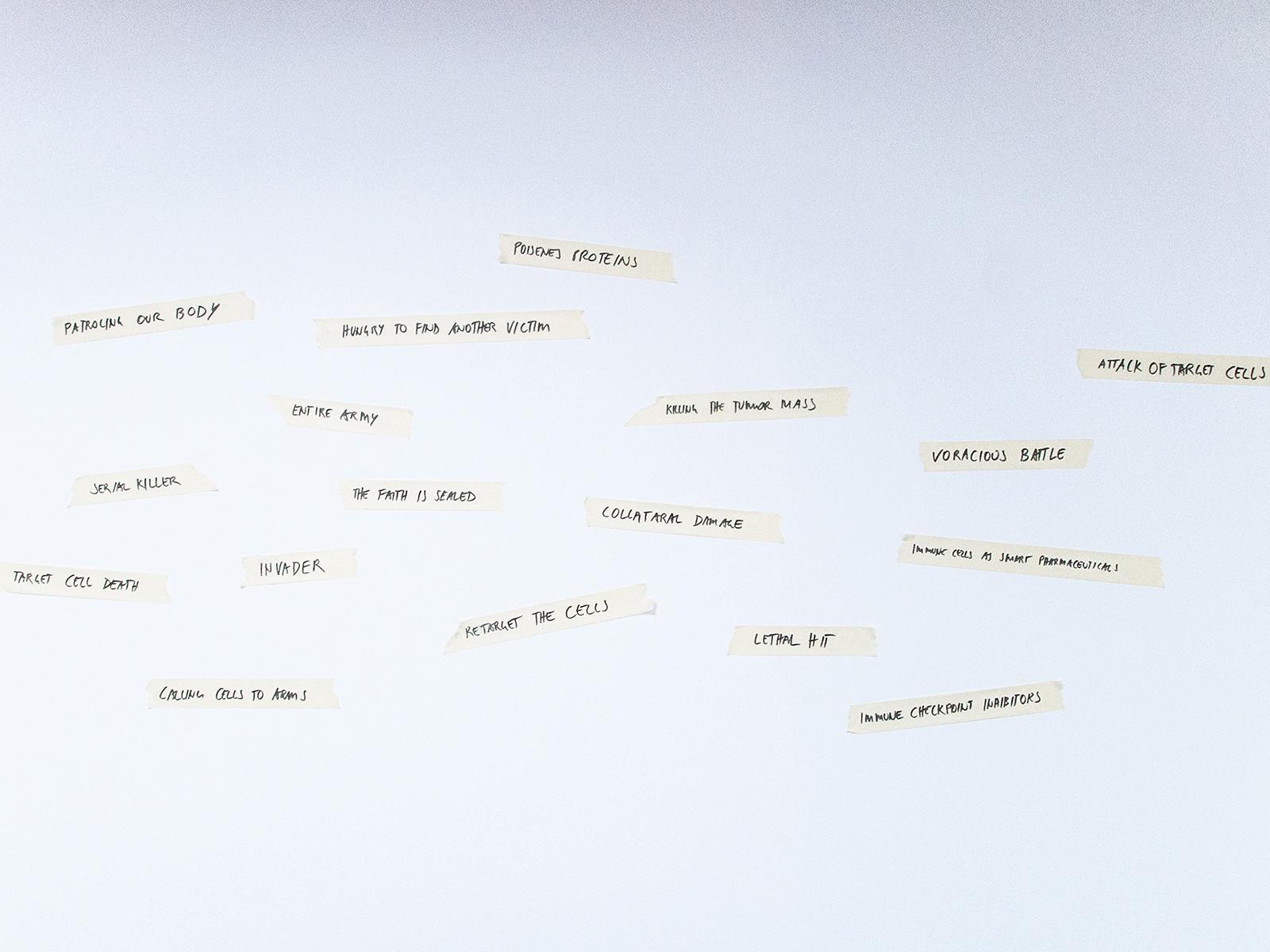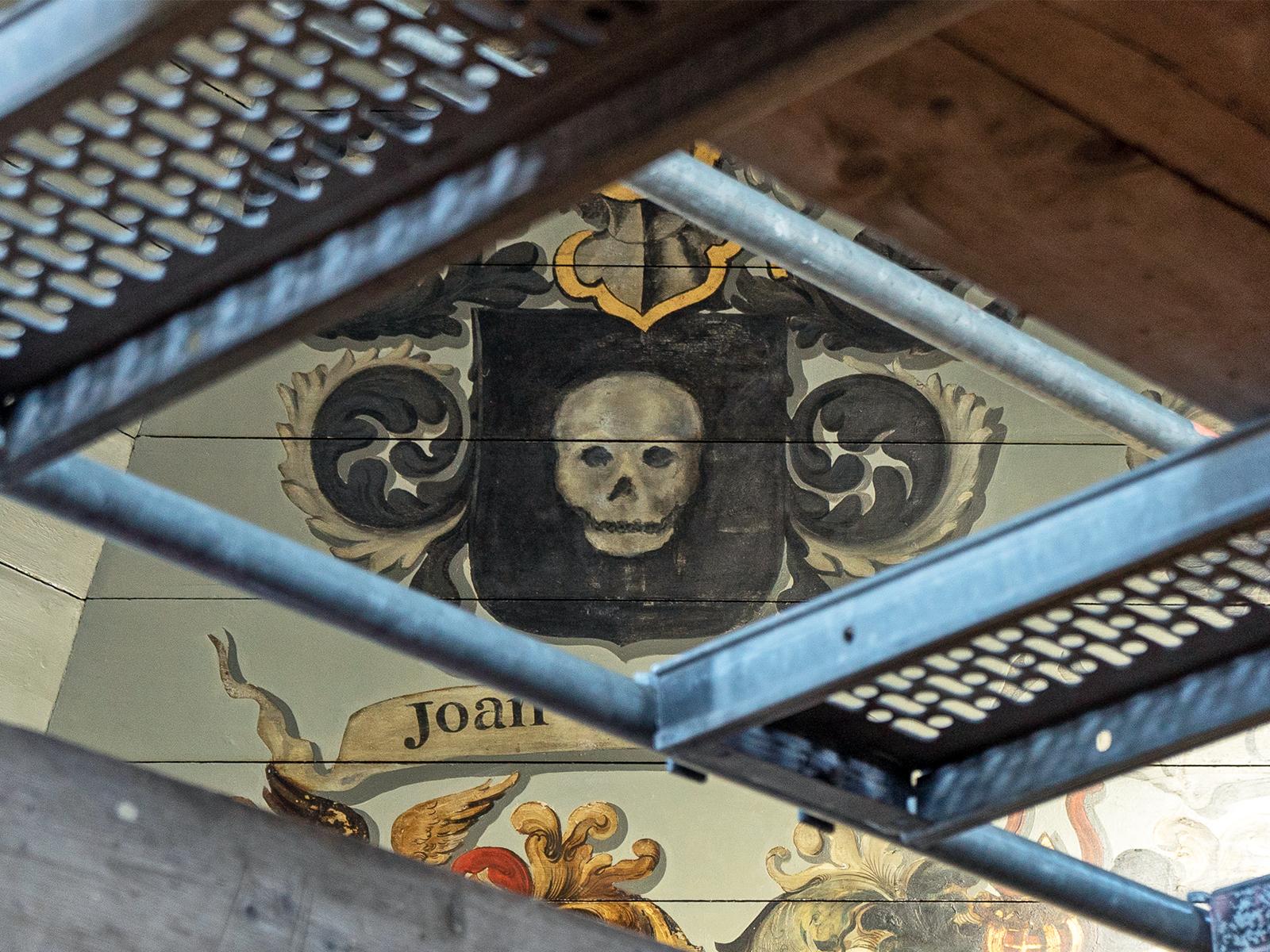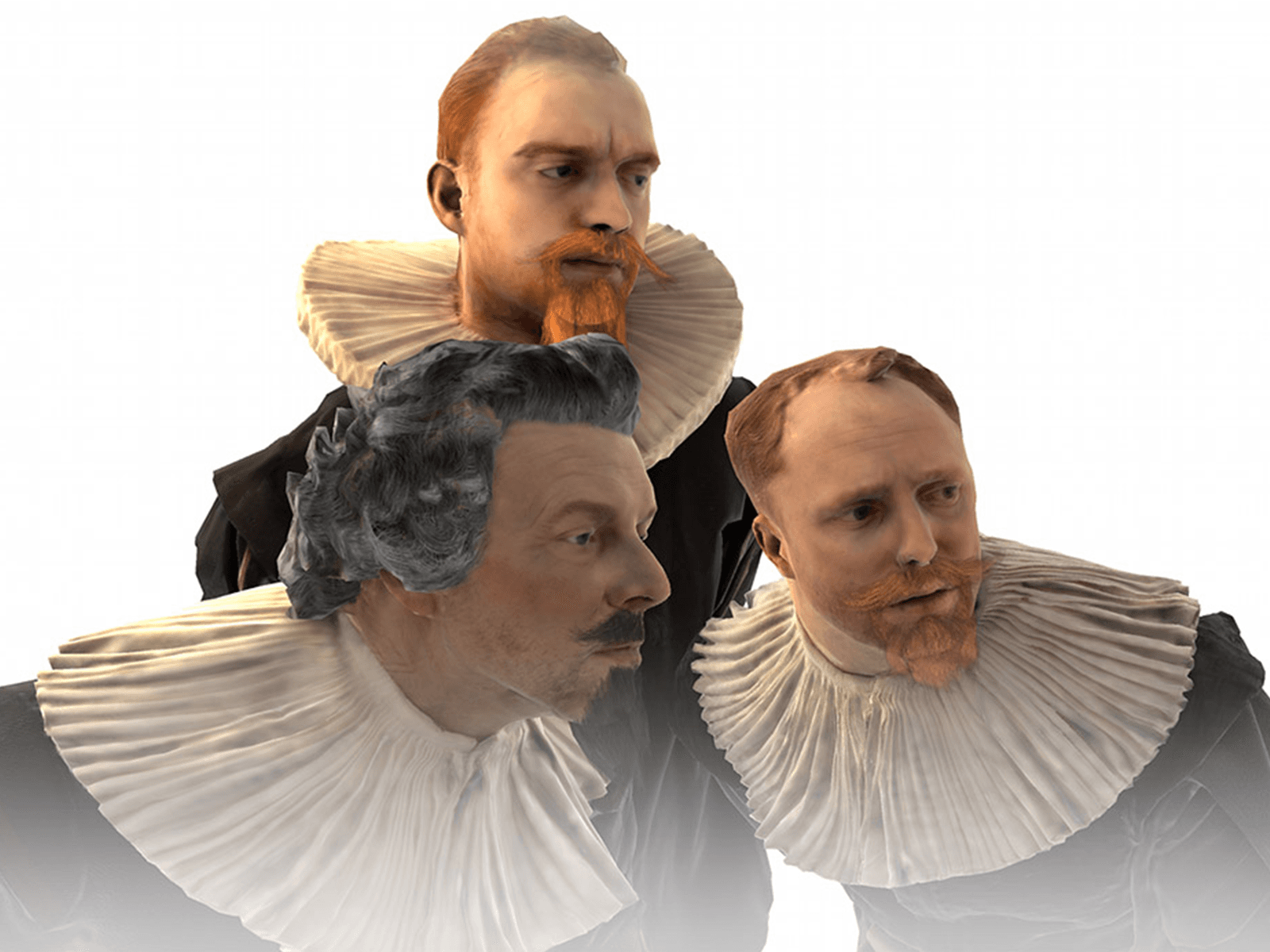Marta de Menezes, Herwig Turk and Andrew Carnie present art works that they developed as part of the Enlight-Ten research consortium.
Enlight-Ten research tries to understand our immune system better by looking at the functioning of T cells, specific white blood cells, by cross-disciplinary research between T cell immunology and big data analysis. The three artists have a long-standing practice of working with scientific knowledge and artefacts as material for art work production.
Often their works are produced in laboratories, be it of scientific research groups or of their own. De Menezes work for this exhibition involves working with T cells themselves; Herwig Turk’s work is again a reflection on the immortality of nature through the understanding of the 'unmortality' of DNA and a simultaneous analysis of the immune system as biological defence system and the way human language describes it in military wordings; Andrew Carnie’s creates print media derived from human pathogen microorganisms.
Exhibition
The Art Enlightening Immunology is accessible daily from 31 August until 5 September at the Waag's Theatrum Anatomicum in Amsterdam, from 12:00 till 16:00 hrs.
Entrance is free.
Art works
ANTI-Marta: self/non-self 2018
Marta de Menezes and Luis Graca
The immune system can be seen as a sixth sense that identifies and discriminates our composition and the outside world. Anti-Marta extends on previous work where the artist questioned the limits and understanding of her identity. This artwork is a development of 'Immortality for Two', where the artist and her partner immortalized cell lines from each other.
In 'Anti-Marta' a skin transplant was exchanged between Marta and her partner Luis (with an autologous graft as control). Anti-Marta can be seen as a pact, where the inevitable rejection of the transplant contrasts with the live-long acquisition of a new form of recognition of one another afforded by the emergence of antibodies. The artwork also pays homage to the groundbreaking work of Jon van Rood, founder of Eurotransplant, that used these type of skin transplants amongst lab members and other volunteers in order to discover what underlies histo-compatibility and transplant rejection. Van Rood died in Leiden in July 2017.
The Gatekeeper
Andrew Carnie
For the work 'Over San Francisco' Andrew Carnie worked with Serratia Marcescens grown in a medium to be used as red watercolour. Serratia Marcescens is a species of rod-shaped gram-negative bacteria of the family Enterobacteriaceae, a human pathogen, that Carnie applied through laser-cut stencils onto watercolour paper. An anti-microbial substance in the paper forms a challenge in the making process. Carnie used the custom medium picturing the lymphatic system of the human body. The bacteria was first deemed to be non-pathogenic and its reddish coloration was used in school experiments to track infections. It was discovered to cause 'urinary infections' when dispersed over districts of San Francisco as a tracing agent.
'The Gatekeeper' video work explores the bodies constant checking of the bodies cells as to there being 'self' or 'non-self', a processes that happens in the lymphatic system by T cells.
Delicious Risk
Herwig Turk
In his work 'Delicious Risk' Herwig Turk tries to isolate figures of speech from scientific videos and papers that could be used as a soundtrack for warlike conflicts on the one hand, and manipulate videos of molecular events with sentimental music on the other.
The immune system is described in most scientific and popular texts as a complex defensesystem protecting the body from intruders. Depending on the text’s source, the language used to describe the immune system commonly appropriates the terminology of warfare and aggressive conflict.
Through recontextualising of the footage the narrative changes. Seemingly hostile events captured on video shift to affairs that show attraction and sensual interaction. Suddenly the same images convey an inverted meaning.
This doesn’t change real interaction between cells on a molecular level, but rather opens up an additional layer for the interpretation of the relationship between the body and its environment. Considering fear and stress are components that have a negative impact on the complex immune system, it might be more beneficial to accept cohabitation with microorganisms instead.
At least, following this logic, it makes kissing one another much more fun.
Biographies
- Marta de Menezes is a Portuguese artist (b. Lisbon, 1975) with a degree in Fine Arts by the University in Lisbon, a MSt in History of Art and Visual Culture by the University of Oxford, and a PhD candidate at the University of Leiden. She has been exploring the intersection between Art and Biology, working in research laboratories demonstrating that new biological technologies can be used as new art medium. In 1999 de Menezes created her first biological artwork (Nature?) by modifying the wing patterns of live butterflies.
Since then, she has used diverse biological techniques including functional MRI of the brain to create portraits where the mind can be visualised (Functional Portraits, 2002); fluorescent DNA probes to create micro-sculptures in human cell nuclei (nucleArt, 2002); sculptures made of proteins (Proteic Portrait, 2002-2007), DNA (Innercloud, 2003; The Family, 2004) or incorporating live neurons (Tree of Knowledge, 2005) or bacteria (Decon, 2007). Her work has been presented internationally in exhibitions, articles and lectures. She is currently the artistic director of Ectopia, an experimental art laboratory in Lisbon, and Director of Cultivamos Cultura in the South of Portugal. - Andrew Carnie is an artist and academic. He works on paintings, drawings and sculptures, and in Basingstoke, at Dark Works, he tests the large scale projection and dissolve installation pieces he produces. He is currently part of the teaching team in Fine Arts at Winchester School of Art, a faculty of the Russell Group University of Southampton, where he has a particular interest in collaborative practices. He is part of the The Critical Practices Research team where his own interests lie in exploring the self, through notions of hybridity, in organ transplantation and immunology.
- Herwig Turk’s projects probe the interconnectivity of the fields of art, technology and science.
From 2010 to 2013, he has been artist in residence at the Instituto da Medicina Molecular (IMM), Lisbon. From 2003 to 2009, Turk worked together with Paulo Pereira, head of the Department of Ophthalmology at IBILI (Institute for Biomedical Imaging and Life Sciences) at the University of Coimbra. In recent years, his work has been shown at venues such as the Museum of Applied Arts, Vienna, the Carinthian Museum of Modern Art (MMKK), Klagenfurt, the Seoul Museum of Art, the Neues Museum Weserburg in Bremen, the Media Art Laboratory TESLA, the Galerie Georg Kargl in Vienna and the Transmediale in Berlin, to mention only these. Since 2014 he works as Senior Artist at the department Social Design at the University of Applied Arts Vienna. Herwig Turk lives and works in Vienna.
